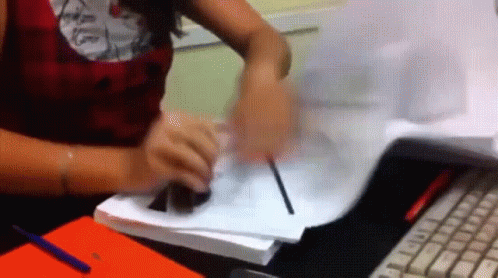November & December

As Thanksgiving approached, AP Lang was all RAs all month. We began by taking a test on Rhetorical devices. Everyone prepared furiously and the test was difficult; I hadn't realized there were terms beyond simile and onomatopoeia. Metonomy, synechdoche, litotes, and more filled my brain as we discussed how every sentence a writer includes in a piece has rhetorical purpose. Just about every week in November and many in December featured a new prompt, in class review, and a grade. I began to do better with my responses and noticed my classmates were improving as well.
In lang, our class had finally grown more talkative and more people were willing to participate. I was making new friends and learning more about voicing my opinions. With the crazy government and changes in net neutrality, there was lots to discuss in class and in essays. By keeping up with the news I could hold conversations about what was going on and felt more in control. The practice also helped in other classes such as history. I also enjoyed lots of the pieces we were reading as we were supplied with peculiar and intriguing stories. Because the course is almost entirely non fiction, it was interesting to know the material was realistic and my views were broadened.
We had begun our Gender and humanity unit and the pieces opened my eyes to how other cultures and countries lived. One piece called, "Body Ritual Among the Nacirema" was particularly interesting. The piece described strange people and their rituals of personal care, only to leave readers to realize "Nacirema" was simply American backwards. The pieces exposed me to different perspectives and the class would have discussions and debates over the topics of them. The days when we would read and annotate a new story became my favorites and I would try to pick out as many rhetorical devices as I could. By recognizing the strategies in older and more abstract pieces I was more intrigued to analyze diction, syntax, and of course purpose.
As we did RA after RA I began getting quicker at getting my point across. Looking back now, RAs are pretty simple once you have the formula down:
- Annotate with rhetorical devices as you read the piece.
- begin with a short intro discussing the author, the topic. and three main devices to be used.
- Write three or more body paragraphs on a device and how the author uses it to convey his/her point.
- if time allows, add a brief part on tone and mood.
- Conclude the piece in a brief paragraph summarizing the overall purpose of the author.
RAs were not about fitting in the most description and big words as I had once believed, instead they were essentially the opposite. I learned that the key to a good piece was making deep inferences and connections based on the author's word choice and keeping the piece structured and concise.
We practiced with pieces like letters in times of war, satires, and political pieces. On one piece on the Queen to English troops, I received an 8 atop my paper Queen RA where I had recorded my time; 35 minutes. Ms. McMahon had prepared us to write the best essays we could in the shortest amount of time, ensuring we would be overly prepared when the time of the exam came.

No comments:
Post a Comment